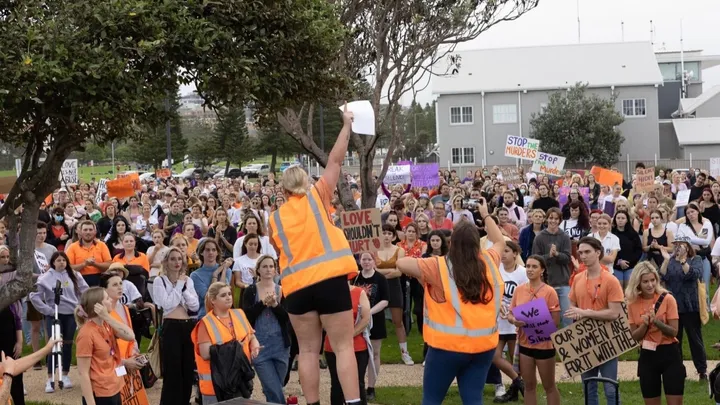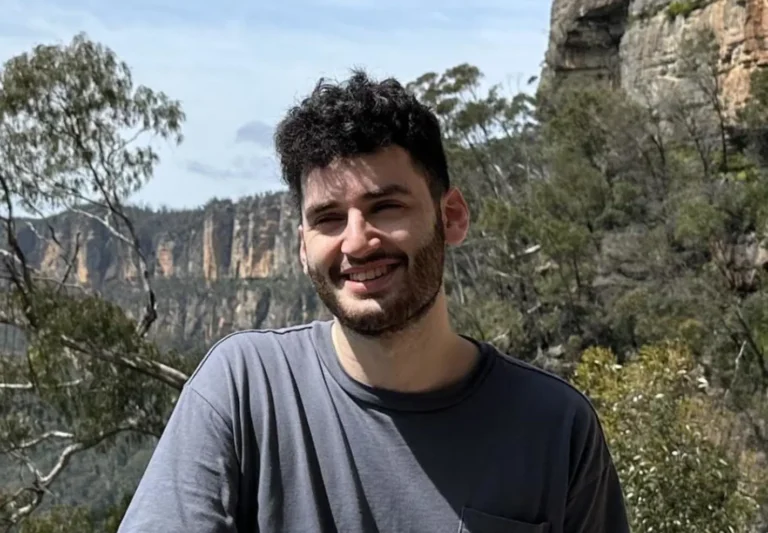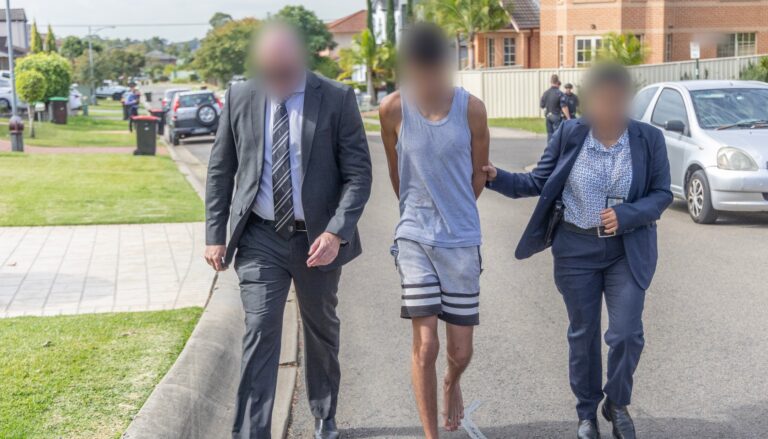
Vale Jack Mundey, saviour of Sydney city

By MEREDITH BURGMANN
The true saviour of inner city Sydney, Jack Mundey died this week on 10 May 2020, aged 90. We residents owe our pleasant and convenient lifestyle to Jack and the rank and file members of the NSW Builders Labourers’ Federation (BLF).
Sydney would be a very different place if the BLF had not saved green space, historic buildings and workers’ housing by placing world-first ‘Green Bans’ on the shocking overdevelopment being proposed in the early seventies.
Jack came down from North Queensland in the 1950s to play rugby league for Parramatta and, failing to make the cut, ended up on the tools. Confronted with a conservative union leadership, Jack fought hard to democratise and radicalise the union, joining the Communist Party along the way. He became Secretary of the NSW Builders Labourers’ Federation (BLF) in 1968. Along with Joe Owens and Bob Pringle he led the union in the famous Green Bans period of the early 1970s.
Having grown up amidst rainforests, Jack was an environmentalist before that term was even used. But what Jack brought to the struggle was his view that workers should campaign around the social responsibility of labour. He believed that workers should think about the sort of work they do and the environment in which they live and work.
The Green Bans were originally just called ‘black bans’ but were later, in a stroke of brilliance, dubbed ‘green’ bans by Jack. There were eventually 54 Green Bans and they held up $5 billion worth of building activity in 1970s dollar terms.
Green Bans saved The Rocks and Woolloomooloo from being turned into a forest of high rise ‘executive suites’; they saved Glebe from being split into three islands by two major expressways; saved Centennial Park from being turned into a giant sporting complex; saved Victoria Street Kings Cross from destruction; saved Surry Hills from excessive high rise; saved Ultimo from an Expressway and saved the Opera House fig trees from becoming a car park.
Individual buildings saved by Green Bans include: the State Theatre; the Pitt St Congregational Church; and the Colonial Mutual, National Mutual and ANZ bank buildings in Martin Place.
The late sixties had seen a massive building boom in Sydney caused by unregulated ‘hot money’ from overseas investment and the activities of the corrupt and pro-development Askin government.
At the time there was no heritage or environmental protection legislation in NSW. If you owned something you could rip it down no matter how important or historical it was. There was a poorly funded National Trust, and an even weaker Royal Australian Planning Institute.
Community involvement
The union’s stand was massively strengthened by the rise of inner city resident activism. The progressive middle class had started to move into the inner city, which is where most of the pressure from developers was occurring. And these activists were desperate for help in their stark situations.
Resident Action Groups were formed – first in Paddington and Glebe, quickly followed by other suburbs – Woolloomooloo, the Rocks, Surry Hills and the very militant Victoria Street which even included squatting (and where I was arrested).
The BLF leadership always insisted that every ban had to occur at the request of the residents, and had to have the community involved. This involved a lot of discussion between the union leadership and the concerned residents. It was what Jack referred to as ‘the enlightened middle class and the enlightened working class coming together’ to work for a better living environment.
Every proposed ban had to be agreed to by a general meeting of the union. Almost all bans ended up being physically defended and many labourers and residents were arrested and even gaoled for this stoic defence.
Jack always understood that, on the whole, the bans could only halt development in order to allow time for political solutions. He developed excellent working relationships with NSW Premier Neville Wran and Federal Urban Affairs Minister Tom Uren. These friendships particularly helped in the government intervention to save Glebe and Woolloomooloo and the building of The Sirius for social housing in the Rocks.
The union’s Green Bans quickly became known around the world. ‘Green Ban Committees’ were formed by unions in Britain. Jack Mundey was invited to lecture in Europe and North America and in 1976 he addressed the first United Nations Conference on the Built Environment.
After he voluntarily left the union leadership (believing in limited tenure of office) he remained active in environmental and urban planning issues. Jack was elected to the City of Sydney Council and was briefly Chair of its Planning Committee. He was active in the National Trust and was made a life member of the Australian Conservation Foundation.
Bob Carr appointed him Chair of the Historic Houses Trust (now Sydney Living Museums). The National Trust campaigned for Jack Mundey Place in the Rocks to be named after him. He was made an AO and was voted one of Australia’s National Living Treasures. He was awarded Honorary PhDs from the University of Western Sydney and the University of NSW. He once said to me in mock sympathy “only one PhD?” He did love to provoke.
After the tragic death of his first wife Stephanie from a cerebral haemorrhage, he married Judy Wilcox in the 1960s. Further tragedy occurred when his son Michael died in a car accident at the age of 22. Judy has been his partner in life and politics for over fifty years. She was an important activist in her own right becoming President of the Communist party from 1979 to 1982.
Jack Mundey and the men and women of the BLF did indeed save a city, as our book points out, and every day all of us benefit from that.
Dr Meredith Burgmann is a former Green Bans activist and Labor MLC. She is the author (with Verity Burgmann) of Green Bans, Red Union: The Saving of a City (re-issued 2017)









